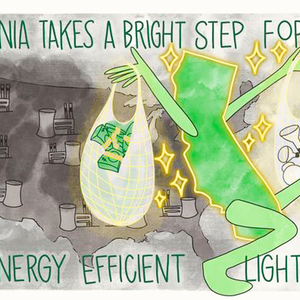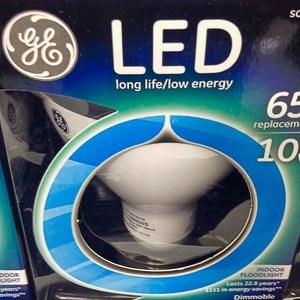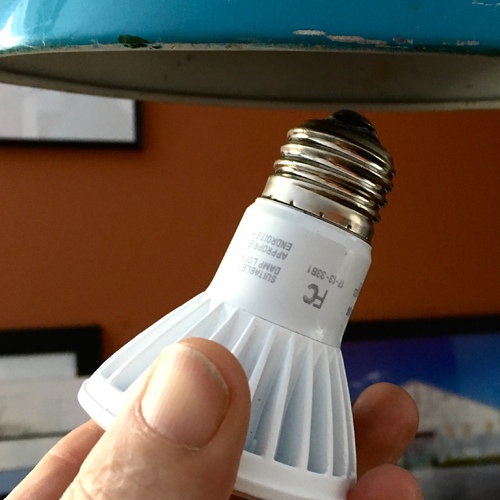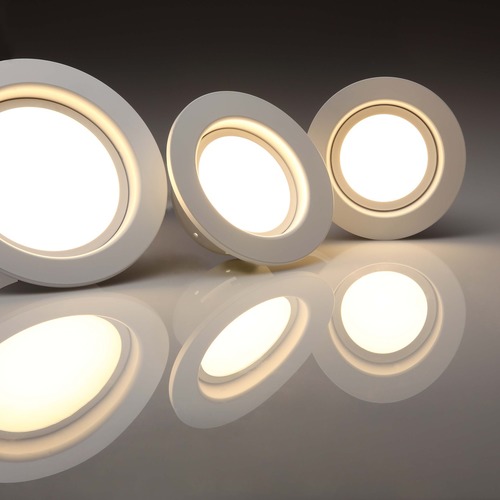
For the fourth year in a row, Congress has added a rider to the federal budget prohibiting the Department of Energy from spending any money on enforcing a switch to a new generation of more efficient light bulbs.
It’s nothing new (Richard Defendorf wrote about it in this GBA report back in 2011), and it probably doesn’t matter.
The rider is part of the $1.1 trillion federal budget approved by Congress, and continues an effort by critics to halt the phased replacement of conventional incandescent light bulbs with more efficient versions.
Under terms of the bill passed in 2007, manufacturers were barred from producing any more 100-watt bulbs in 2012. Last year it was the 75-watt bulb, and this year the 40-watt and 60-watt bulbs were added to the list.
Congressional tinkering hasn’t changed the underlying law forcing the switch to more efficient bulbs, just stopped the government from spending money on enforcing it. But the conversion is already so far along that the effort doesn’t seem to be having any practical effect.
Traditional bulbs are much harder to find
Jennifer Amann, building programs director for the American Council on an Energy-Efficient Economy, says that major manufacturers have already gotten out of the business of making the old-style bulbs.
“We’re seeing very high rates of compliance,” she said in a telephone interview. “You may be able to go out to some stores and still find a few of the 40- or 60-watt incandescent bulbs. That’s because retailers were allowed to sell through any stock they had. But we’re finding it’s quite rare to find those bulbs at this point. They’re very few out there.”
A ban on conventional incandescent bulbs in Australia and parts of Europe has helped speed the conversion and make it less likely that the old bulbs will reappear even if the government can’t spend any money to enforce the rule, she said.
Consumers have plenty of other choices
One option for consumers who like the old-style bulb is the halogen incandescent, which looks just about the same but uses about 30 percent less energy, Amann said. Like it’s forerunner, the halogen is also pretty cheap — typically $1.50 a bulb, even $1 when purchased in bulk.
That’s still more than old-style incandescent bulbs, which often sold for less than $1 each, but certainly a lot less than compact fluorescent lamps (CFLs) and light-emitting diodes (LEDs), the lamps that are most efficient.
Conventional incandescent bulbs produce about 15-18 lumens per watt (l/w) of electricity. Newer halogen incandescents produce more than 20 l/w and CFLs start in the 50s. LEDs are rated at more than 60 l/w, Amann said, and some are approaching 90 l/w.
A blind insistence that old-style incandescents should remain on the market is what irks Amann. “It’s kind of doing people a disservice to tell them, ‘Oh, this is really the bulb you want to buy,’ ” she said. “Why would they want to buy it? It uses 30 percent more energy and it does exactly the same thing.”
An unintended consequence for fans of the rider
A continuing effort to block enforcement money for the Department of Energy could actually speed the end of incandescents entirely, Amann said.
The original legislation required the department to revisit and update the efficiency rules, with new regulations finalized by 2017. That would cover the next phase of efficiency standards to take effect in 2020 (2018 in California). If the department fails to meet that deadline, the law would automatically set the efficiency standard at 45 w/l, and that would mean that even halogen incandescent bulbs would no longer be available to consumers.
With no money to spend on planning for more efficient light bulbs, DOE is actually prohibited from producing those new rules.
That was never what advocates of the original bill wanted to happen, Amann said.
“It’s kind of crazy, it’s like the tables have turned,” she said. “We’d like to see the rider removed in a way that saves incandescent lamps. There are places where people really want to have the incandescent lamp. We want the energy savings, but if there’s a small portion of the market that wants to continue to have access to the lamps for specialty applications, we think that’s fine.”
Chances of the automatic efficiency standard to kick in because of DOE inaction? Unlikely, Amann said.
Weekly Newsletter
Get building science and energy efficiency advice, plus special offers, in your inbox.















2 Comments
Freedom from efficient light bulbs
The more efficient light bulb mandate was signed into law by President Bush, after extensive input from lighting manufacturers. The bill (which related to lots of other issues, as well as bulbs) was passed by large, bipartisan majorities in both the House and Senate.
Manufacturers need predictable rules. As the article points out, the light bulb makers have figured out how to meet the efficiency mandates, so nothing is to be gained by the latest action by Congress.
States will lead on efficiency
Minnesota will require 75% of lighting in new homes to be high efficacy on 2-15-2015. This is part of the larger 2012 IECC adoption.
The next generation of efficient lighting is here, the AC LED. Much more simple than the current DC LED and at least as efficient from what I understand.
Log in or create an account to post a comment.
Sign up Log in